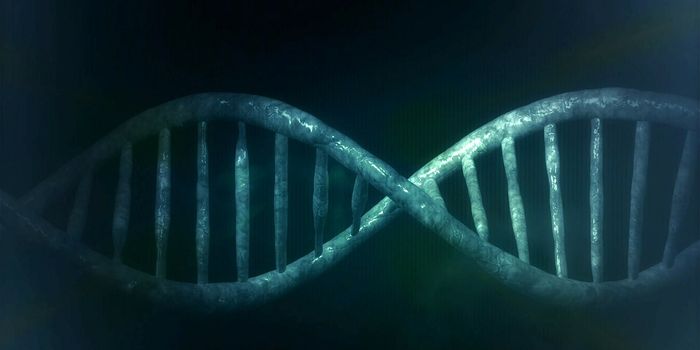Understanding and Treating the Mechanisms That Drive Rheumatoid Arthritis
The immune system has to be able to differentiate between our own cells and cells that are invading our body; when it cannot, diseases like rheumatoid arthritis (RA) arise. In RA, immune system cells mistakenly attack the joints and cause the painful inflammation that is a hallmark of the disease, which affects around 1.3 million people. Now scientists are learning more about the biological mechanisms that drive RA. These findings have been reported in Nature Immunology and Science translational Medicine, and can be used to develop new therapeutics.
"Right now, the standard approach for treating patients is a trial and error approach. We try the first-line of medication for three months and if it does not work, we try the next one," noted co-senior study author Laura Donlin, Ph.D., who is Co-Director of the Derfner Foundation Precision Medicine Laboratory at Hospital for Special Surgery (HSS) and is featured inthe video. "Sometimes it can take a year or more to find an effective treatment. Meanwhile, the disease progresses to the extent of irreversible damage in some of the cases."
A variety of cell types are involved in RA, but in these new studies, the researchers identified subsets of these cell types that are found in RA patients and can help show why some don’t respond to therapeutics. In the Nature Immunology report, joint fluid from 36 RA patients and a control group of osteoarthritis (which does not involve the immune system) patients were analyzed. There were eighteen unique cell types found in the RA patient group. One of those subsets is a type of fibroblast, found at levels that were fifteen times higher in RA patients than controls, which release a molecule that promotes inflammation - interleukin-6.
"Cutting-edge single-cell RNA sequencing technology allowed us to see the complexity of the cell populations in RA tissue for the first time," explained Dr. Donlin. "However, determining whether these expanded cell populations are a cause or an effect of the disease, will require further research." RNA sequencing enables researchers to get a snapshot of all the genes that are active in a single cell at one time and is a way to characterize individual cells.
In the Science Translational Medicine report, the investigators identified a subset of immune cells called macrophages in RA patients; the subset was termed HBEGF+ inflammatory macrophages. Other studies have shown that macrophages are involved in RA, and they release another molecule that drives RA inflammation called tumor necrosis factor (TNF).
The researchers asked whether a common arthritis medication, COX inhibitors that are a type of nonsteroidal anti-inflammatory drug (NSAID), impacted these macrophages. They determined that NSAIDs can impact those macrophages, but don’t affect TNF.
"This finding may explain why NSAIDs treat pain but are not disease-modifying in RA," said Dr. Donlin. "A better approach may be to use NSAIDs in combination with anti-TNF medications to shut down both inflammatory pathways."
A drug that was created as an experimental cancer treatment was able to disrupt HBEGF+ inflammatory macrophage activity. It’s probably not a good candidate for use in patients, but can offer insight into how to engineer a good drug.
"Our experiment demonstrated that it is possible to target activity of these cells, but this drug has significant systemic side effects in people," said Dr. Donlin. "Our work sets the stage for developing better drugs in the future that could target the same mechanism but in a more specific fashion."
Sources: AAAS/Eurekalert! via Hospital for Special Surgery, Nature Immunology, Science Translational Medicine
-
APR 30, 2024Immuno-Oncology Virtual Event Series 2024
-
MAY 07, 20243rd International Biosecurity Virtual Symposium
-
SEP 03, 2024Microbiology Week Virtual Event Series 2024
- See More


















































